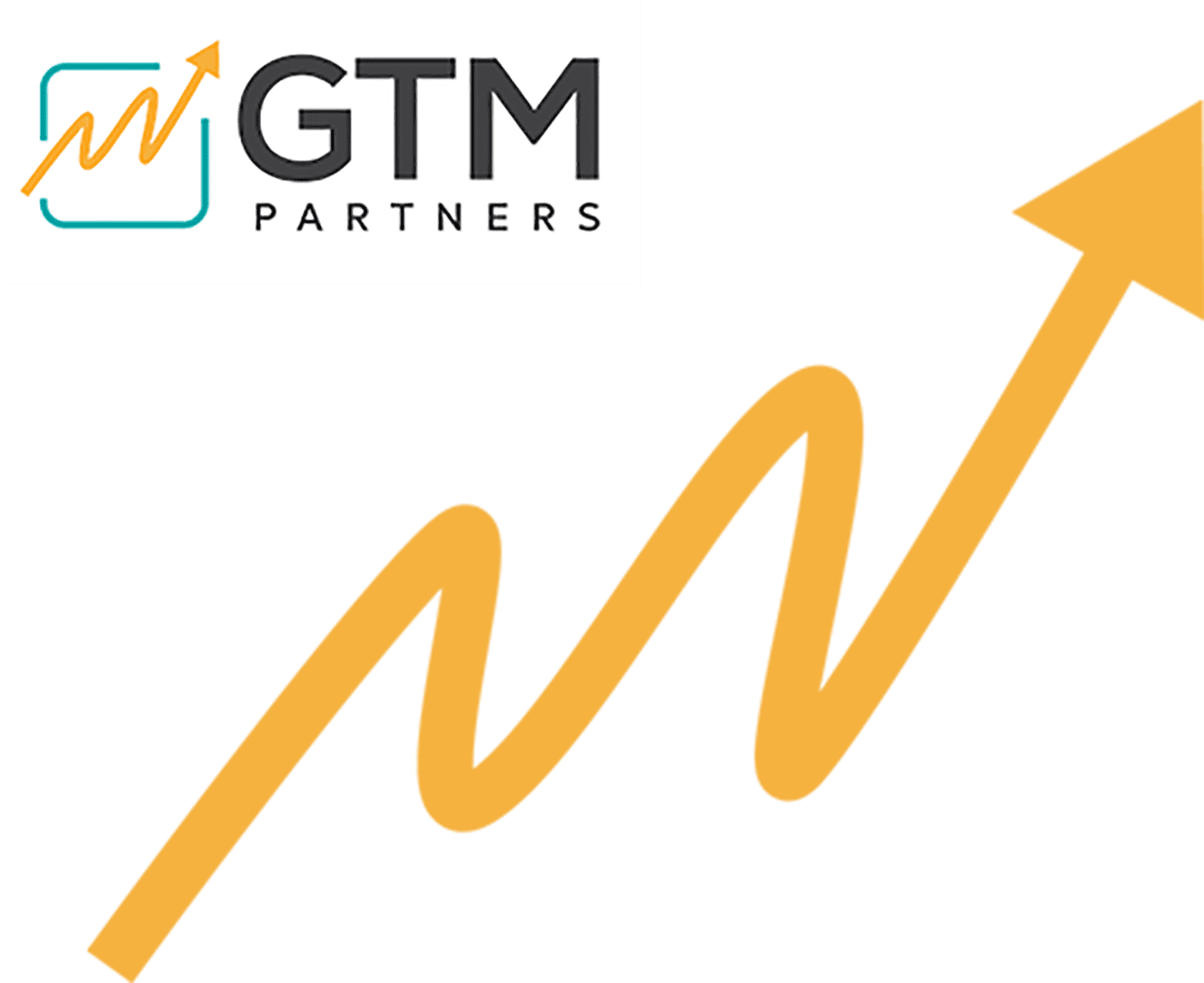Achieving Predictive Accuracy: Forecasting Techniques for Revenue Precision
- September 25, 2024
Achieving Predictive Accuracy: Forecasting Techniques for Revenue Precision
In the fast-paced business world, accurate revenue forecasting is necessary for making informed decisions, allocating resources effectively, and driving sustainable growth. However, achieving predictive accuracy can be challenging amidst fluctuating market dynamics, evolving consumer behaviours, and external uncertainties. To navigate these complexities and attain revenue precision, businesses rely on advanced forecasting techniques tailored to their unique needs and circumstances.
One such technique is time series analysis, which includes analyzing historical data to identify trends and patterns. By understanding past revenue performance, businesses can extrapolate future trends and anticipate potential fluctuations. This method identifies seasonality, cyclical patterns, and other recurring factors influencing revenue outcomes, enabling more precise forecasts.
Moreover, incorporating machine learning algorithms enhances predictive accuracy by leveraging complex statistical models to analyze large datasets and identify underlying patterns. These algorithms can detect subtle correlations and nonlinear relationships that traditional methods may overlook, resulting in more robust revenue forecasts. Machine learning techniques such as decision trees, regression analysis, and neural networks can adapt to changing market conditions and refine predictions over time, improving revenue precision.
Another effective forecasting technique is probabilistic modelling, which considers the inherent uncertainty in revenue projections and provides a range of potential outcomes and associated probabilities. By quantifying uncertainty, businesses can make more informed decisions and create contingency plans to mitigate risks. Techniques like Monte Carlo simulation simulate thousands of possible scenarios based on input variables, offering insights into the likelihood of different revenue outcomes and enabling strategic planning for various scenarios.
Furthermore, incorporating leading indicators, such as market trends, customer sentiment, and industry benchmarks, into forecasting models can enhance predictive accuracy by providing early signals of future revenue performance. By monitoring these indicators in real time, businesses can adjust their strategies proactively and capitalize on emerging opportunities while minimizing potential risks.
In conclusion, achieving predictive accuracy is crucial for revenue precision in today’s competitive business landscape. By leveraging advanced forecasting techniques such as time series analysis, machine learning, probabilistic modelling, and leading indicators, businesses can generate more accurate revenue forecasts, make informed decisions, and drive sustainable growth. With the right tools and procedure, businesses can navigate uncertainties effectively and achieve their revenue goals precisely and confidently.



